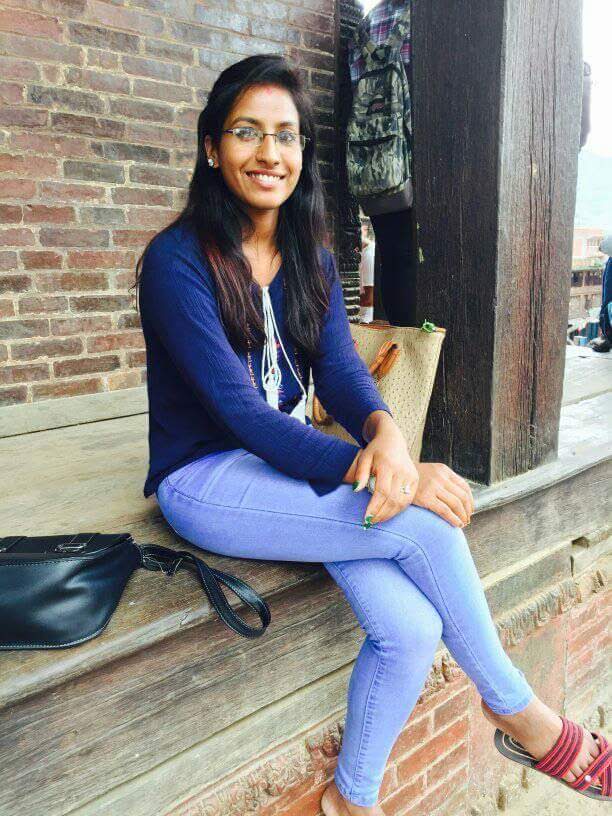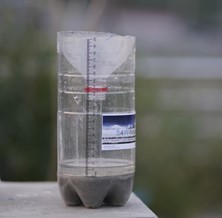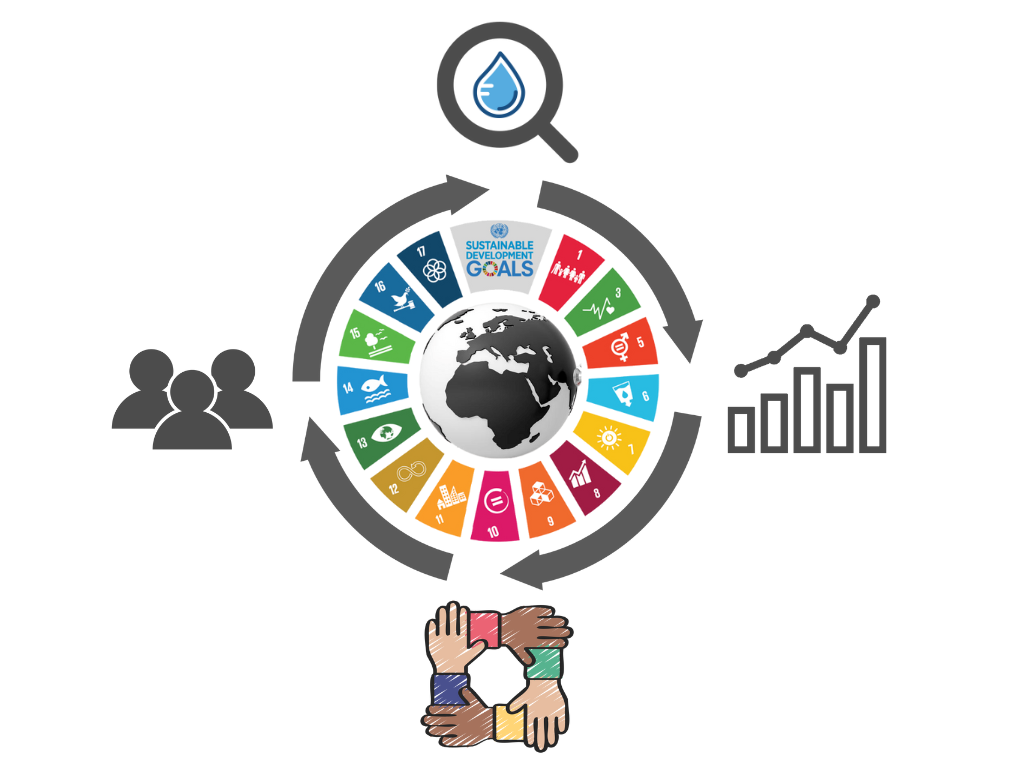Posted on July 10, 2018
Q: What is your name? A: My name is Laxmi Bastola.
Q: How old are you? A: I’m 22 years old.
Q: Where were you born? A: I was born in Nagarkot Fedi, Naya Basti.
Interviewer’s Note: Nagarkot Fedi (Naya Basti) is on eastern side of the Kathmandu Valley roughly 5 km west of Nagarkot. Nagarkot is just 26 km east of Kathmandu and is famous as one of the best viewpoints of the Himalayan range (Eight ranges can be seen from west to east: Annapurna, Manaslu, Ganesh, Langtang, Jugal, Rolwaling, Everest and Numbur). Nagarkot was an ancient fort of the Kathmandu Valley built to monitor the activities of other kingdoms. Later, it became a summer retreat area for the royal family before becoming popular as an international hill station (a high elevation refuge from the heat of summer).
Q: Where do you live in the Kathmandu Valley? A: I live in Kharipati, Bhaktapur.
Q: Can you walk us through a typical day of life? What are the activities you’re doing? A: I work as a receptionist in a co-operative bank from 7 am to 10 am, and in the afternoons I am taking beauty parlour training classes.
Q: Can you tell us a little bit about your family (Spouse, Children, Brothers, Sisters, Cousins, etc.)? A: There are five members in my family (my father, mother, sister, brother and me). I am the middle child.
Q: What is (or was) your favorite subject in school? A: Math!
Q: Can you tell us about a favorite memory of yours? A: I don’t have any specific favorite moment, all moments of my life are favorites for me.
Q: How did you hear about the S4W-Nepal project? A: The S4W-Nepal team was having tea after their Rapid Stream Assessment of the Hanumante River (near my house). I met them at that tea shop, and they told me about precipitation measurement and its contribution to improving our understanding and management of water resources. Since then, I have been a part of the S4W-Nepal family.
Q: What has been your experience as a citizen scientist with S4W-Nepal so far? A: It has been fun to learn about something new and to make new friends.
Interviewer’s Note: Laxmi participated in the Pre-Monsoon Workshop hosted by S4W-Nepal prior to start of the monsoon season. S4W-Nepal invited all of their Citizen Scientists to this workshop to create a platform for them to interact and to teach them about the importance of precipitation measurement.
Laxmi is playing a critical role in S4W-Nepal as a citizen scientist. Each day, Laxmi uses an Android application called Open Data Kit (ODK) to record rainfall collected by an inexpensive locally made rain gauge (each costs about $1.50). Laxmi is motivated to participate in the project because she feels a sense of responsibility to help understand and ultimately solve the growing water crisis in the Kathmandu Valley, and because each observation she makes earns her an extra 25 rupees (roughly $0.25).
S4W-Nepal is a collaboration between S4W, Himalayan Bio-Diversity and Climate Center (HimBioCliC), Kathmandu Institute of Applied Sciences (KIAS), Tribhuvan University Institute of Engineering Pulchowk Campus, Delft University of Technology, and the Swedish International Development Agency. Water is our most precious resource. Lord Kelvin, a famous Scottish mathematician, once said, “you can’t manage a resource you don’t measure.” S4W-Nepal’s goal is to generate the data necessary to support wise water management decisions. S4W aims to accomplish this with a three pronged approach of Research, Education, and Employment.



